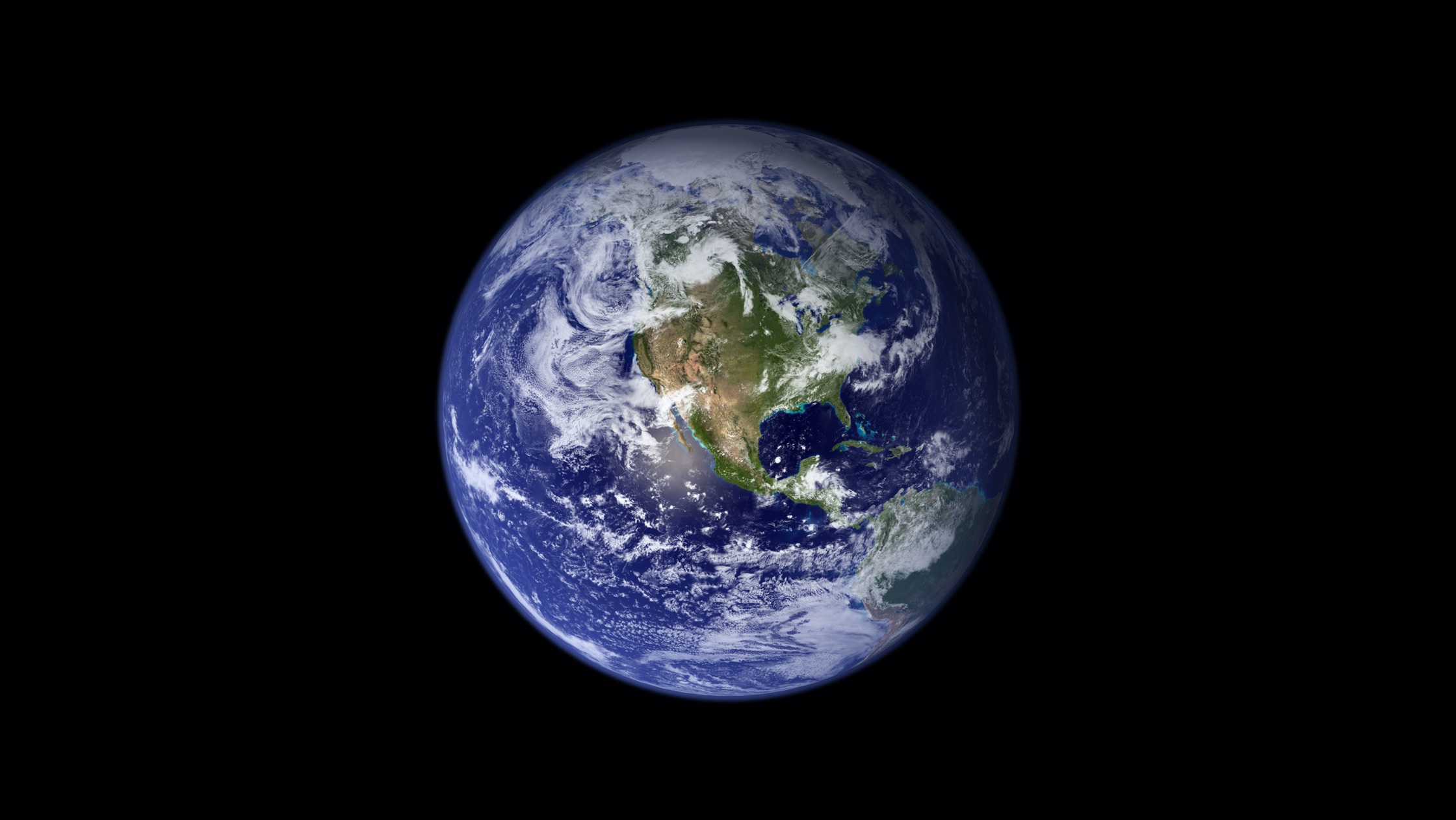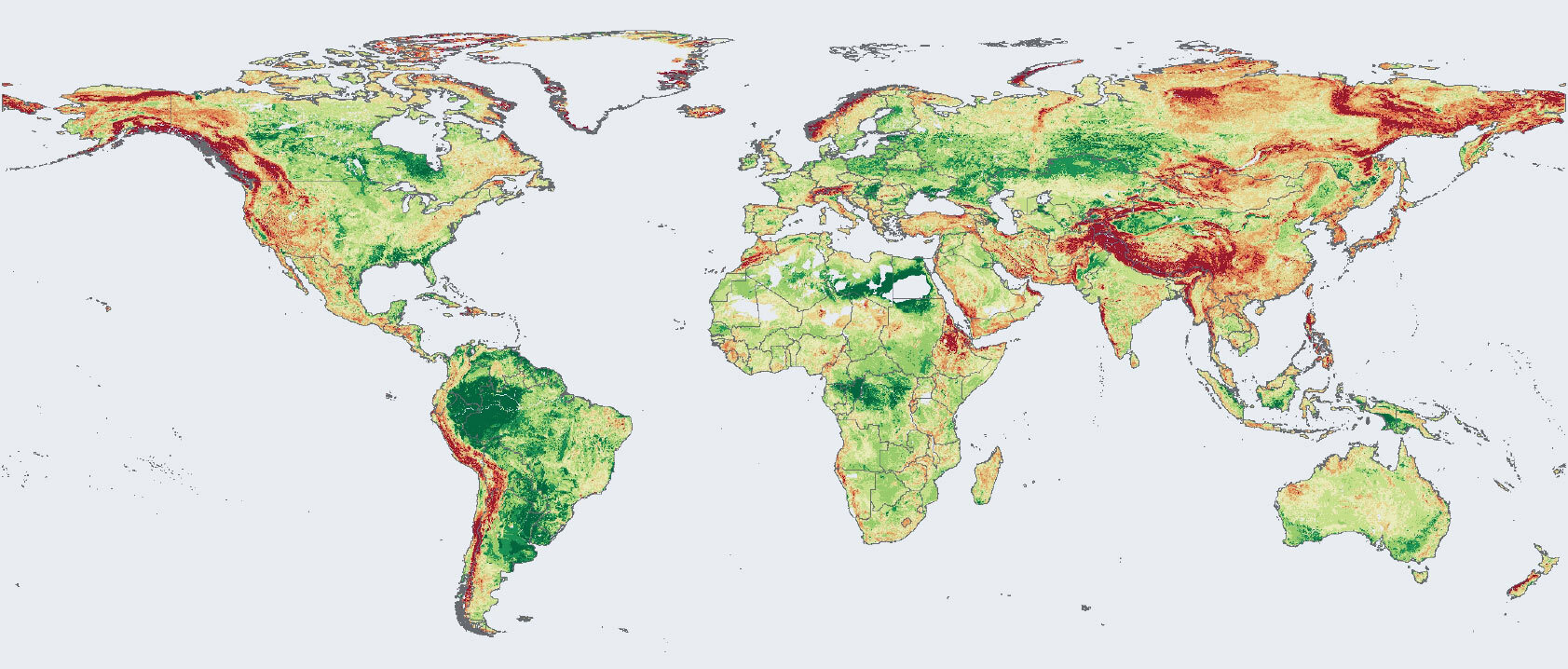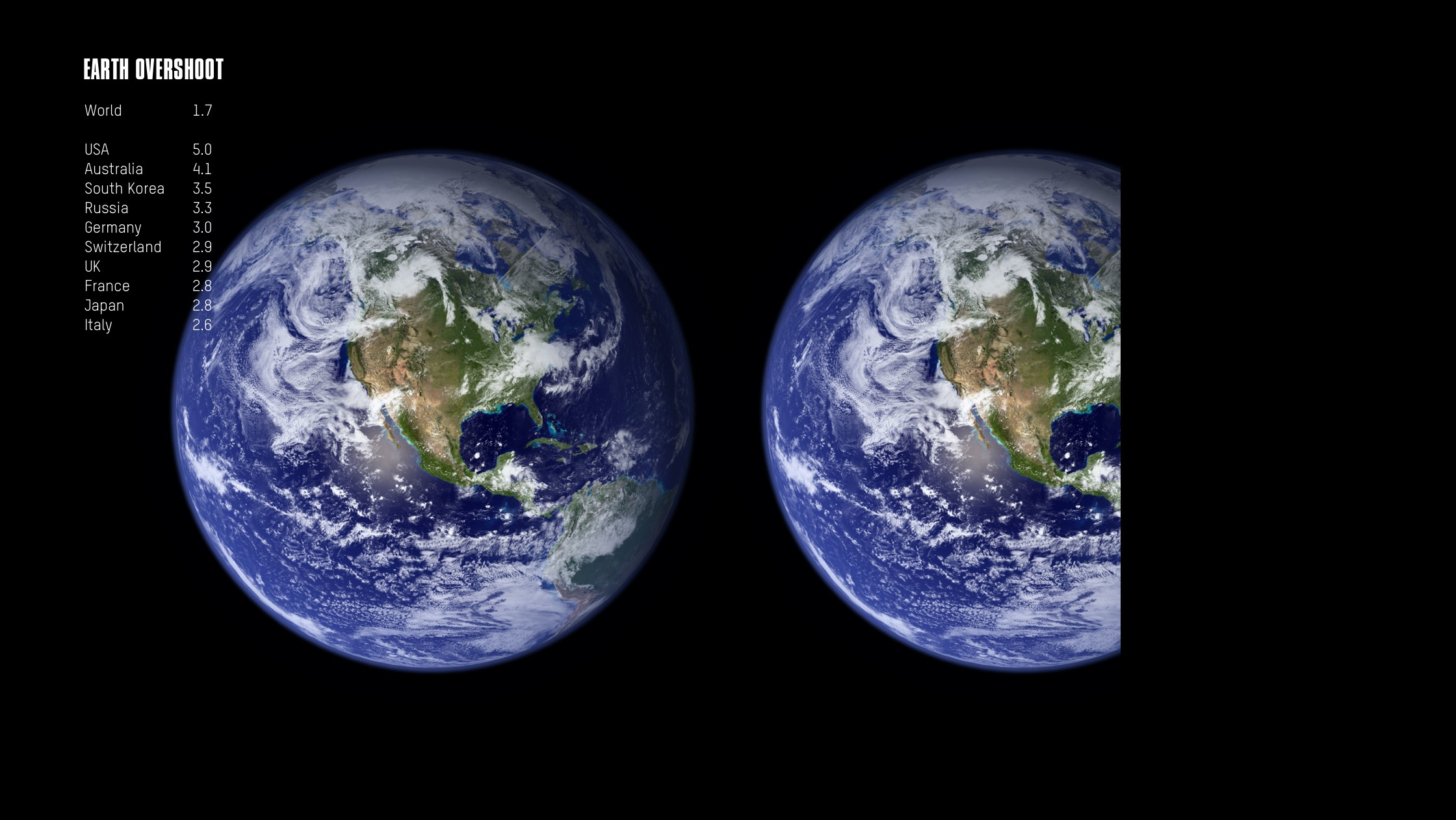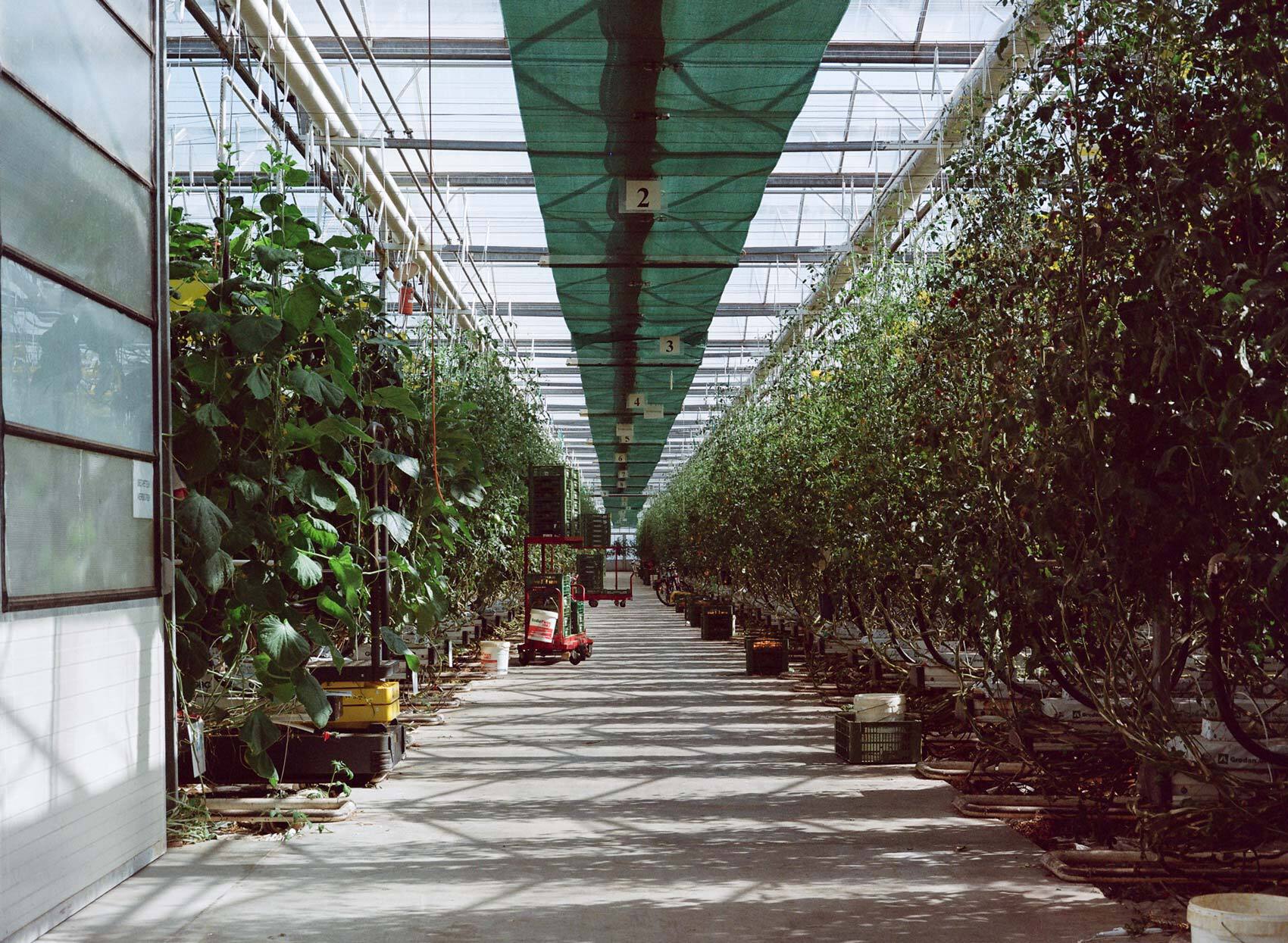Age:
4.6 bill. years
Surface:
510.1 mill. km²
Equatorial Diameter:
12.756,27 km
Average Temperature:
15 °C (59 °F)
Air Pressure:
1.014 bar
Mass
Total
5.9724 E24 kg
Composition
Iron: 32.1 %
Oxygen: 30.1 %
Silicon: 15.1 %
Magnesium: 13.9 %
Sulfur: 2.9 %
Nickel: 1.8 %
Calcium: 1.5 %
Aluminium: 1.4 %
Trace elements: 1.2 %
Atmosphere
Composition
Nitrogen: 78.08 %
Oxygen: 20.95 %
Argon: 0.93 %
Carbon dioxide: 0.042 %
Neon: 0.002 %
Distances
to Moon:
383,398 km (60 × earth diameter)
to Mars:
54.6 mill. km
to Sun:
149.6 mill. km














